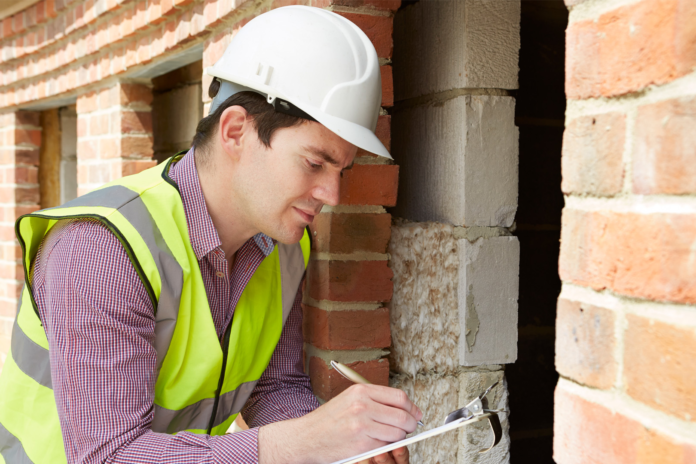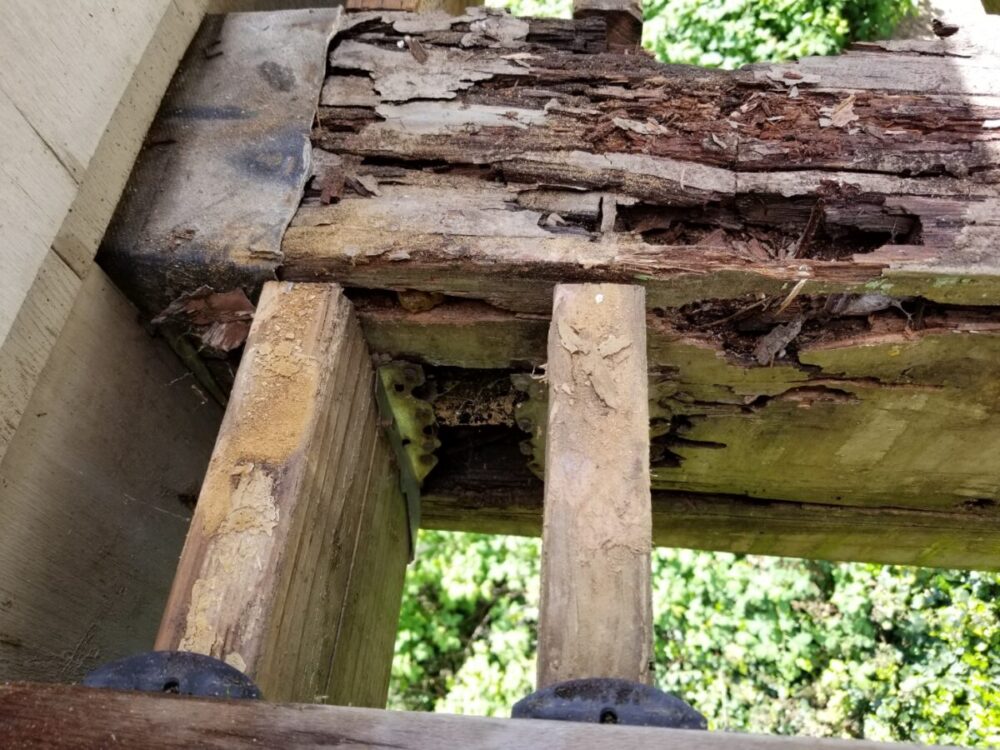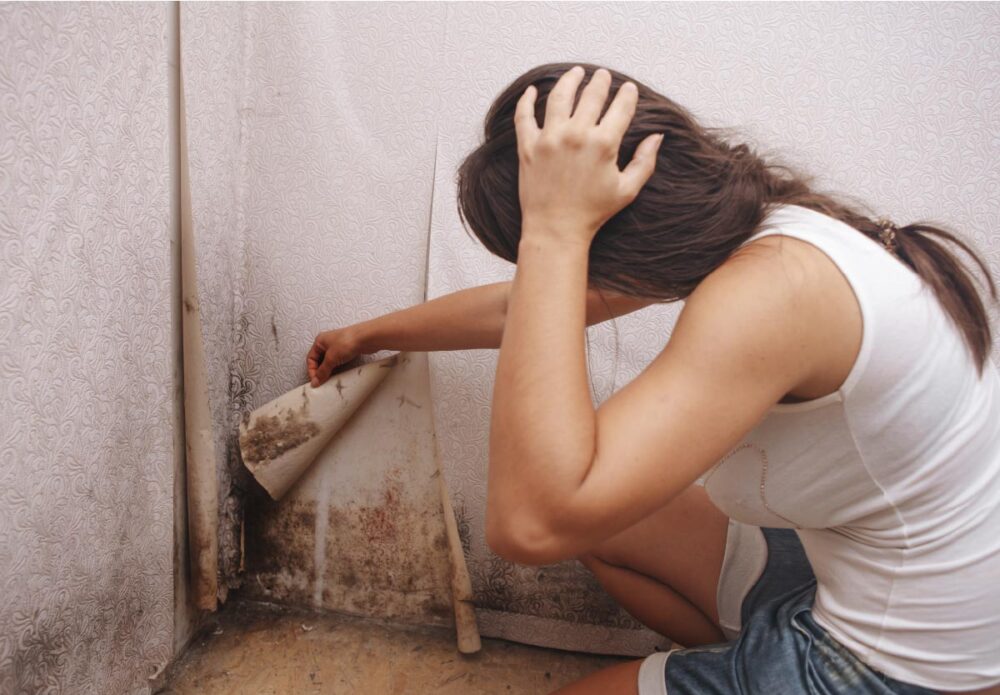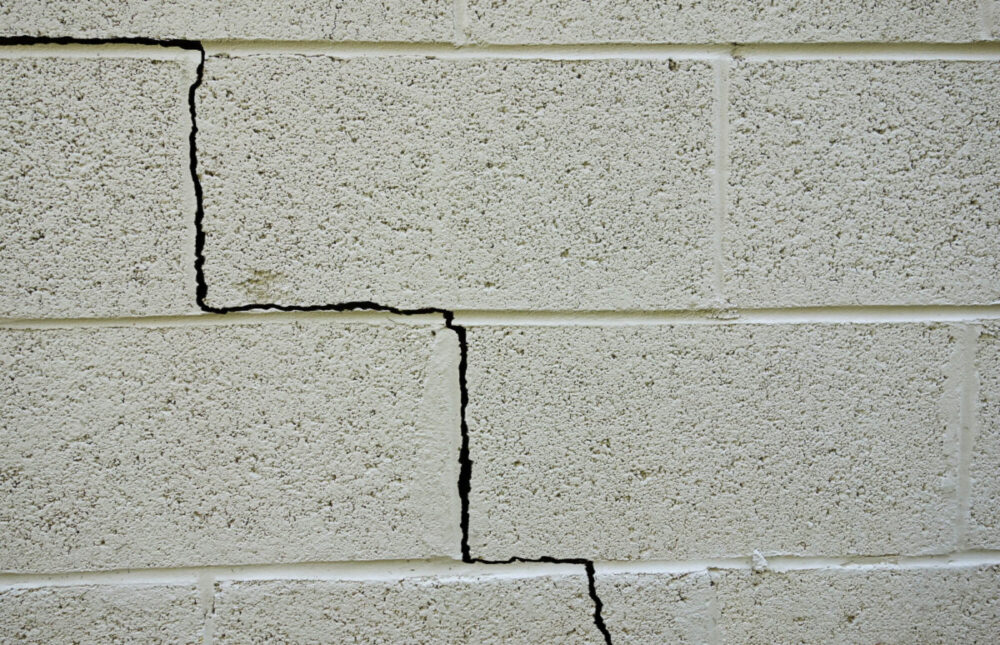
Buying a home is the biggest purchase most people will ever make, so it’s important to do your due diligence and make sure you’re getting exactly what you think you’re paying for. While a home inspection doesn’t guarantee that you’ll avoid buying a money pit, it does give you peace of mind that your future home isn’t falling apart before you sign on the dotted line. Here are some red flags to watch out for during a home inspection:
1. Rodent Droppings
Rodent droppings are a sign of a pest infestation. Rodents can damage your home and property and make it unsafe for you to live in. Rodents can carry diseases that could be transmitted to you or your family members if they enter your home. This is especially dangerous for children who may not know the importance of washing their hands.
Rodents may also cause fires by chewing on electrical wires and creating sparks that ignite combustible materials such as insulation on walls or wood floors nearby. If you are up for the task, finding rodent clean up services is a must. These companies can remove all the affected materials and replace them with clean ones and good pest control will be able to kill off the problem and seal your home.
2. Dry Rot

Dry rot is a fungus that can damage wood, especially in older homes. It is a serious problem, and the best way to prevent it is to keep the home well-ventilated and avoid storing items in damp basements. You should also keep the home clean and free of debris.
3. Water Stains
One of the first signs of water leaks is stained ceilings or flooring. These can be caused by plumbing issues, roof problems, or foundation issues—all of which are serious issues that could potentially lead to more damage if left untreated. Not only will these stains cause you to pay for expensive repairs down the line, but they also pose a health risk because mold can grow in them over time. In short, if there’s water staining your ceiling, get to the source before you buy the house.
4. Wall Outlets Not Working
If your home inspector finds an outlet that has no power to it, there are several possible explanations. The most obvious one is that the outlet has been unplugged or the outlet no longer works. But in some cases, there could be hot wires behind the plug. If this is the case, then you should have your electrician check out the problem and fix it immediately. You can also have them look at all of your other outlets just to make sure they’re working properly and are connected to the fuse box correctly.
5. Musty or Mildew or Mold Smells

Mildew or musty smells are often caused by a lack of ventilation. If you can’t tell where the odor is coming from, take a look in your attic and crawlspace to make sure there aren’t any leaks in your roof or plumbing. If you find that there are no water issues, then it’s probably due to poor ventilation. However, in some cases, it can be mold hiding behind walls and baseboards. Mold is a serious problem and if a house smells like mold or mildew, it’s best to find out how bad the problem is before you buy the house. Mold allergies can cause significant illness, so it’s not a risk most people want to take.
6. Cracks on the Foundation
Foundation cracks can be an indication of structural problems, which can lead to structural damage and costly repairs. Foundation cracks are usually caused by shifting soil, poor drainage, or improper foundation construction. They may also occur when a house was built on a slope or on ground that continually shifts.
Foundation cracks must be repaired immediately because they can cause significant damage if left unattended over time. If your home inspector finds any signs of foundation issues during the inspection, he will recommend having the problem evaluated by a qualified contractor before making any final decisions about repair options for your property.

7. Radon
Radon is a colorless, odorless gas that can be found in homes throughout the United States. It’s the leading cause of lung cancer among non-smokers and can be harmful to your health even at low levels. EPA recommends testing for radon in all homes, and because it cannot be seen or smelled, most homeowners don’t know their homes are affected by high levels until they’re tested. A professional inspector will conduct a test using an alpha track device that measures the amount of radon present in your home before concluding if mitigation is necessary.








